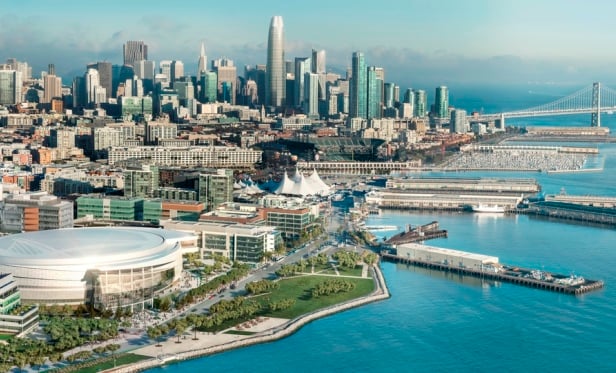Meet the Phase 2 Environmental Site Assessment – she’s the dreaded next step after the Phase 1 ESA. She’s got a bit of a bad rap for being a pain, a roadblock, too expensive, and maybe even a deal breaker.
So what exactly does a Phase 2 Environmental Site Assessment entail? Does it really live up to its reputation?
Phase 2 Environmental Testing involves soil, soil-gas and/or groundwater sampling and analysis. It’s not a blind search, and does not require “Swiss cheesing” the entire property by poking holes all over the place. A Phase 2 Environmental is a very targeted assessment of only the specific Areas of Concern and Chemicals of Concern discovered in the Phase 1 ESA report. For example, at a former gas station property where the tanks were removed without proper documentation and testing, we will sample just in the vicinity of the former tanks, and only for the chemicals that were reported or likely to have been stored in those tanks (petroleum hydrocarbons and gasoline additives such as BTEX and MTBE). This helps to keep the scope of work very focused and cost effective.
If contamination is found during the Phase 2 Environmental Report, our clients want to know “how big is it?” Because the Phase 2 is so streamlined and serves only to answer the question “is there or is there not a release of hazardous materials at the site?”, it may not address the full extent of the problem. Depending on the levels of contamination, more comprehensive sampling and analysis may be required to completely delineate the extent and depth of the contamination, in other words, to answer the question “how big is it?”. Or, if an unexpected contaminant is identified then further investigation might be warranted to identify the source. This can take the form of sampling deeper and wider (think of it as trying to draw a sphere around the release), sampling additional media (soil, soil-gas, groundwater), sampling in more places, or analyzing for additional chemicals. This is often called Site Characterization or a “Phase 3.” Sound ominous? It can be, but it can also be extremely helpful in determining a Remedial Cost Estimate. This information can allow the deal to move forward by giving the lender a dollar amount required to clean up the problem, which can be held back in escrow or giving a buyer and seller an amount to negotiate off of.
Of course the best case scenario is to have the Phase 2 Environmental Testing results come back “clean,” but if this doesn’t happen then clients are best served by a consultant who keeps their best interests at the forefront and works to find efficient, effective solutions. The Phase 2 Environmental Report doesn’t have to be a road block, but we certainly understand our clients’ perspective that this is an additional cost and unpleasant experience, and it is important to minimize that as much as possible.
Want to continue reading?
Become a Free ALM Digital Reader.
Once you are an ALM Digital Member, you’ll receive:
- Breaking commercial real estate news and analysis, on-site and via our newsletters and custom alerts
- Educational webcasts, white papers, and ebooks from industry thought leaders
- Critical coverage of the property casualty insurance and financial advisory markets on our other ALM sites, PropertyCasualty360 and ThinkAdvisor
Already have an account? Sign In Now
*May exclude premium content© 2025 ALM Global, LLC, All Rights Reserved. Request academic re-use from www.copyright.com. All other uses, submit a request to [email protected]. For more information visit Asset & Logo Licensing.








